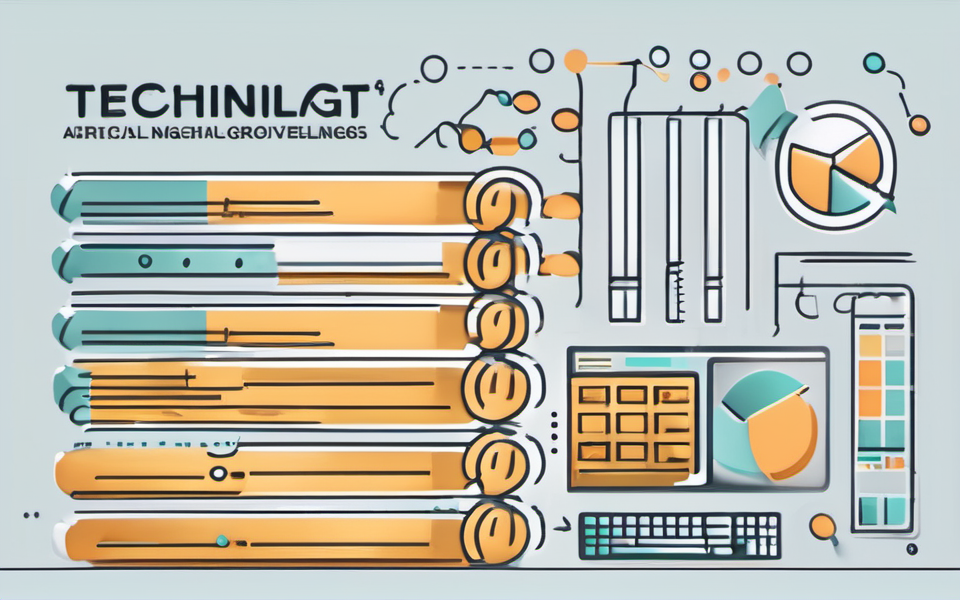You’ve heard the buzzwords: data sovereignty, data privacy, data security. But do you actually understand what they mean and how they impact your business? It’s not just another tech fad, it’s a tidal wave transforming how we manage and use data, and ignoring it could leave your company stranded on the digital shore. This post dives deep into the technical solutions that are leading the charge, showing you how data sovereignty is not just a legal requirement, it’s a strategic advantage.
Data Sovereignty: A Framework for a Secure Data Future
Think of data sovereignty as the ultimate guardian of your data, a shield against unwanted access. It’s the right of a country to determine the rules governing how data within its borders is collected, used, stored, and transferred. These rules vary across countries, creating a complex tapestry of laws, regulations, and policies.
Navigating the Complex Landscape of Data Sovereignty Laws
The General Data Protection Regulation (GDPR), the California Consumer Privacy Act (CCPA), and the Brazil General Data Protection Law (LGPD) are just a few of the international regulations that enforce data sovereignty principles. Each region has unique challenges, pushing organizations to adapt and implement effective solutions.
Let’s break it down:
1. Location, Location, Location: Data sovereignty often demands data storage within specific geographic locations. For example, if your company collects data from EU residents, you may be required to store that data within the EU.
2. Access Controls: Tightening the Reins Restrictions on data access, use, and transfer can significantly impact data flows between countries.
3. Privacy by Design: Putting People First Regulations prioritize consumer rights, giving individuals greater control over their personal data.
Technical Solutions to Meet the Data Sovereignty Challenge
Fear not! The rising tide of data sovereignty presents an opportunity to innovate and reimagine how your organization handles sensitive information.
Cloud Solutions: Shifting Gears for Data Sovereignty
Think data sovereignty and cloud go hand in hand! Cloud service providers are evolving to offer geographically localized cloud infrastructure. By selecting cloud regions within specific countries, organizations can meet the storage and processing requirements of data sovereignty regulations.
Here’s where the benefits lie:
- Compliance at your Fingertips: Cloud providers take on the heavy lifting of maintaining compliance with regional laws.
- Data Locality: A Secure Fortress By storing data within a region’s physical boundaries, companies ensure that local regulations are followed.
- Flexibility: Unleashing the Power of Choice Cloud providers offer a variety of services and features, enabling businesses to choose solutions that meet specific data sovereignty needs.
Data Masking: Keeping Sensitive Data Safe
Imagine a cloak of invisibility, safeguarding your sensitive data while still allowing analysts to glean valuable insights. Data masking does precisely that, by replacing real data with synthetic counterparts that maintain data characteristics without revealing original information.
The power of masking shines through in:
- **Protecting Sensitive Information: ** Masking data renders it useless to unauthorized individuals, shielding it from potential breaches.
- **Data Sharing without Compromise: ** Data can be shared internally and externally without compromising sensitive information, enabling valuable collaboration without risk.
Encryption: A Forcefield for Data Protection
Think of encryption as an unbreakable cipher that scrambles data, making it unreadable to anyone without the appropriate key.
Encryption safeguards your data with:
- Data in Transit: Securing the Data Journey Encrypted communication channels protect data during transmission between various locations, ensuring privacy.
- Data at Rest: Unbreakable Walls of Protection Stored data remains protected through strong encryption algorithms, rendering it unusable even if a system is compromised.
Building a Robust Data Sovereignty Strategy
The journey towards data sovereignty isn’t a one-size-fits-all solution. It’s a roadmap that requires meticulous planning and execution.
Navigating the Data Sovereignty Landscape: Key Steps
1. Know Your Landscape: Identify the specific laws, regulations, and data sovereignty requirements applicable to your business and operations.
**2. Map Your Data: ** Conduct a comprehensive audit to understand where your data is stored, processed, and used.
**3. Technology to the Rescue: ** Evaluate and implement technical solutions like cloud platforms, data masking, and encryption that meet your unique needs.
4. Continuous Monitoring: Staying Ahead of the Curve Regularly assess and adapt your data sovereignty strategy to keep pace with evolving regulations and technological advancements.
5. Foster a Culture of Data Responsibility: Educate employees on data privacy and security practices, ensuring everyone understands their role in safeguarding data.
Key Takeaways
- Data sovereignty is a critical component of protecting your data and achieving regulatory compliance.
- Emerging technologies like cloud computing, data masking, and encryption offer powerful tools to build a robust data sovereignty strategy.
- A comprehensive data sovereignty plan involves mapping data flows, identifying regulations, choosing suitable technology, and fostering a culture of data security.
- Embracing data sovereignty doesn’t just minimize legal risks; it strengthens customer trust and elevates your brand image.
The future of data is secure, sovereign, and yours to control. Embrace the power of technical solutions and embark on the journey towards a brighter, data-driven tomorrow.




